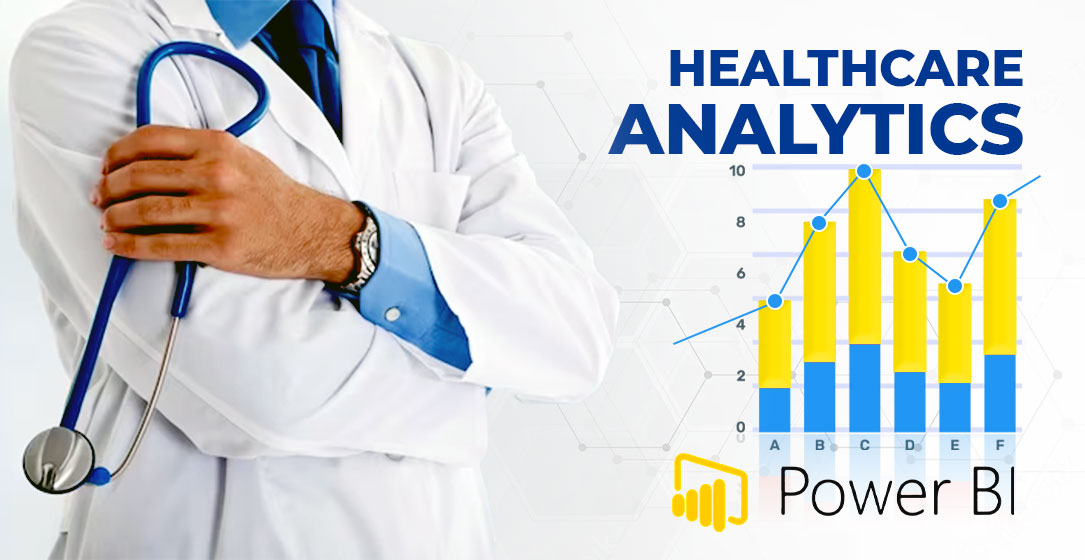May 31, 2023 | SNAK Consultancy
Share on :
How healthcare sector is using power BI for analytics and reporting?

The healthcare sector is increasingly utilizing Power BI for analytics and reporting purposes. Power BI is a powerful business intelligence tool developed by Microsoft that enables organizations to gather, analyze, and visualize data in a user-friendly manner. Here are a few ways the healthcare sector is leveraging Power BI:
Questionnaire
Ques.1) How is Power BI used for reporting?
Ans. A Power BI report is a multi-perspective view into a data model, with visualizations that represent different findings and insights from that data model. A report can have a single visualization or pages full of visualizations. Depending on your role, you may read and explore reports, or you may create them for others.
Ques.2)What types of data can the healthcare sector analyze using Power BI?
Ans. The healthcare sector can analyze various types of data using Power BI, including patient demographics, medical records, financial data, operational metrics, clinical outcomes, and more.
Ques.3) How does Power BI help healthcare organizations in data visualization?
Ans. Power BI provides healthcare organizations with powerful data visualization capabilities. It allows them to create interactive and visually appealing dashboards and reports, making it easier to interpret and communicate complex healthcare data.
Ques.4) Can Power BI assist in tracking and monitoring healthcare performance metrics?
Ans. Yes, Power BI can help healthcare organizations track and monitor performance metrics. It allows them to create custom reports and visualizations to measure key performance indicators (KPIs) such as patient wait times, readmission rates, bed occupancy, revenue per patient, and more.